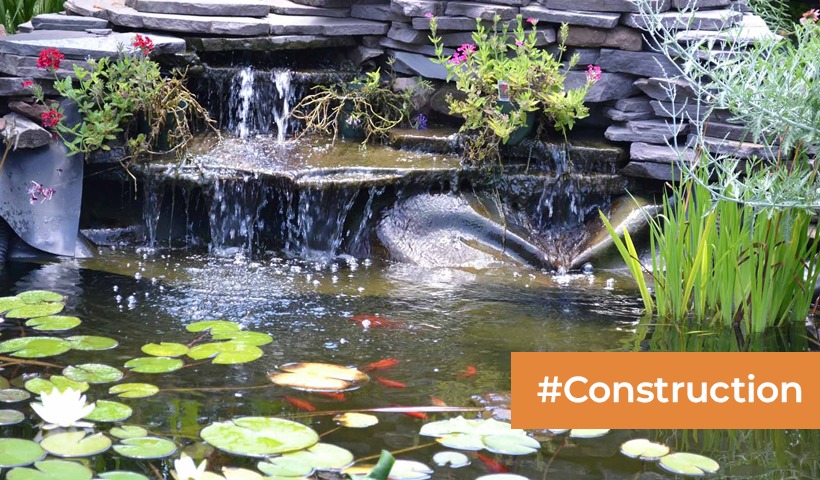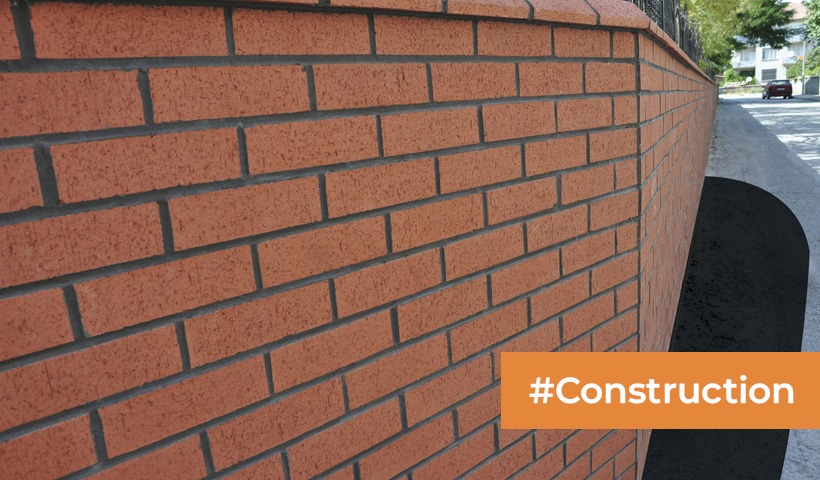Beneath the Surface: Soil Silt and its Significance for Homeowners!
Silt is a fine-grained soil particle that is larger than clay but smaller than sand. It is made up of tiny particles of rock and minerals that have been eroded from other rocks and transported by wind or water. Silt is often found in riverbeds, floodplains, and deltas.
Silt has a number of properties that make it important for homeowners to understand. First, silt is very fertile, meaning that it is good for growing plants. Second, silt is also very absorbent, meaning that it can hold a lot of water. This can be beneficial in areas with dry climates, but it can also be a problem in areas with wet climates, as silt can become waterlogged and muddy.
Third, silt is very cohesive, meaning that it sticks together easily. This can make it difficult to work with, as it can be hard to dig or till. Silt can also be slippery, which can be a safety hazard.
Here are some things that homeowners should know about silt in soil:
- Silt can make soil fertile: Silt is made up of tiny particles of rock and minerals that have been eroded from other rocks and transported by wind or water. These particles are small enough to allow water and air to flow through the soil, which is important for plant growth. Silt also contains nutrients that plants need to grow, such as nitrogen, phosphorus, and potassium.
- Silt can hold a lot of water: Silt is very absorbent, meaning that it can hold a lot of water. This can be beneficial in areas with dry climates, as silt can help to retain moisture in the soil. However, silt can also become waterlogged and muddy in areas with wet climates.
- Silt can be difficult to work with: Silt is very cohesive, meaning that it sticks together easily. This can make it difficult to dig or till silty soil. Silt can also be slippery, which can be a safety hazard.
- Silt can be a problem for drainage: Silt is very fine-grained, which means that it can easily clog drainage systems. This can lead to waterlogging and flooding.
- Silt can be a problem for erosion: Silt is very light, which means that it can easily be blown or washed away by wind or water. This can lead to erosion, which can damage property and infrastructure.
If you have silty soil in your yard, there are a few things you can do to manage it:
- Add sand: Adding sand to silty soil can help to improve drainage and reduce erosion.
- Add organic matter: Adding organic matter, such as compost or manure, to silty soil can help to improve its fertility and structure.
- Plant cover crops: Planting cover crops, such as clover or ryegrass, can help to improve the health of silty soil and reduce erosion.
- Irrigate properly: If you live in an area with dry climates, you will need to irrigate your silty soil properly to prevent it from becoming waterlogged.
Disclaimer: The views expressed above are for informational purposes only based on industry reports and related news stories. PropertyPistol does not guarantee the accuracy, completeness, or reliability of the information and shall not be held responsible for any action taken based on the published information.




